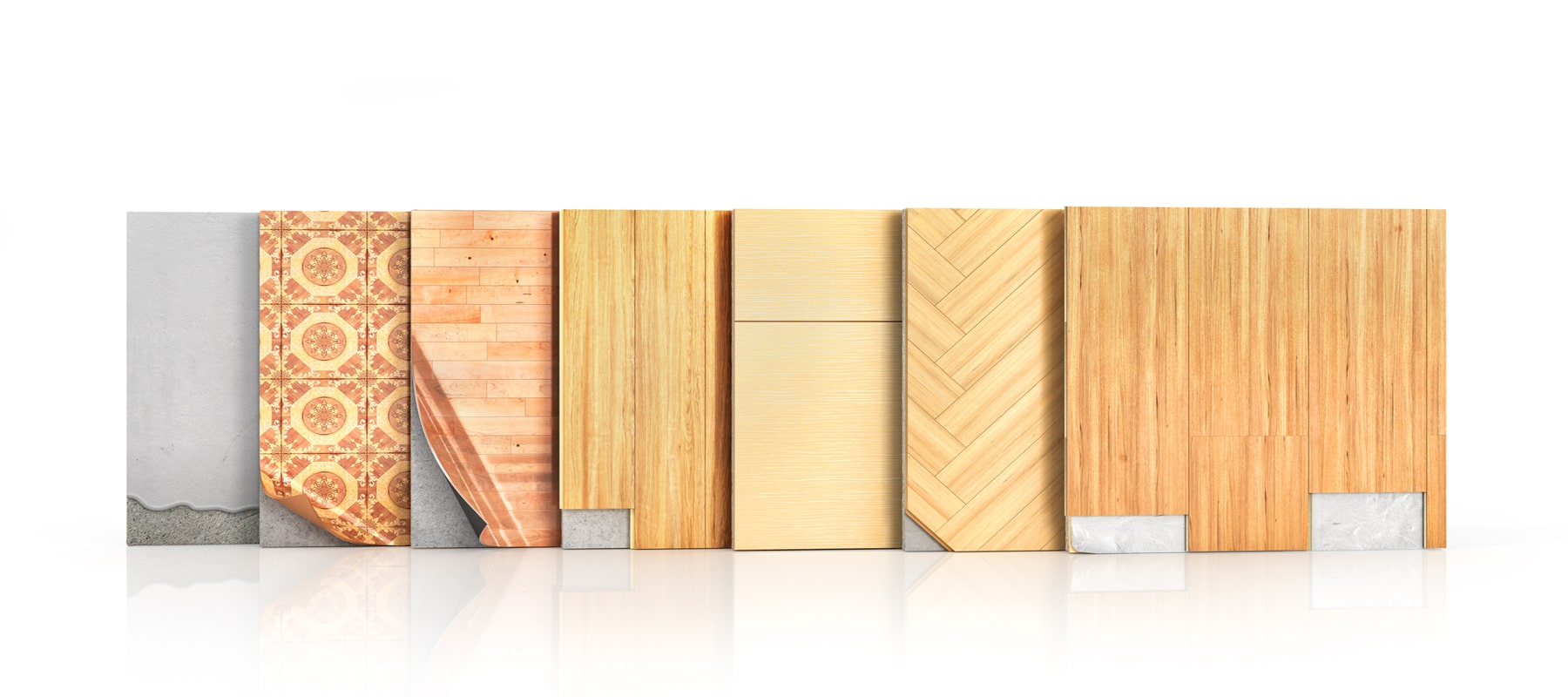How Much Does Cork Flooring Cost?
Last Updated: January 14, 2022
On This Page
The same cork that's used to make bulletin boards and wine bottle stoppers is also manufactured into a highly-renewable flooring material. Cork floors, made from the bark of the cork oak, can be used in any room of the home for greater comfort and a look that's quite different from stone, wood, ceramic, and other tried-and-true materials. If you've been searching for an uncommon flooring solution doesn't cost an arm and a leg, cork is worthy of a second look.
The Benefits of Cork Floors #
Cork floors are unlike any wood flooring you have previously encountered. With a honeycomb-like structure composed of countless tiny air pockets and a natural waxy coating, cork has some unique advantages, including the following:
- Resiliency: Cork gives underfoot, making it very comfortable to walk on and, especially, to stand on for long periods.
- Natural Protection: A waxy coating known as Suberin makes cork naturally resistant to moisture, fire, and insects. Cork also resists the growth of microbes such as mold and mildew, contributing to a healthier indoor environment.
- Wide Range of Applications: Because it is antimicrobial and moisture resistant, cork flooring can be used in kitchens, bathrooms, and even basements. If you are going to install cork in moisture-prone areas, however, make sure that the product is properly rated for such use. Cork can also be sealed with special finish products that provide extra moisture protection.
- Quiet: Cork's sound-dampening properties reduce noise and vibrations in the home.
- Renewable: The bark of the cork oak tree is harvested without causing damage to the rest of the tree. Most cork trees live approximately 200 years and have their bark stripped every 10 years or so.
Cork Floor Considerations #
Cork provides homeowners with many different options. Make sure you are familiar with them before making a final purchasing decision.
- Appearance: Although cork flooring tends to be some shade of brown, natural variation results in a fairly broad color palette. If none of them suit your taste, it's also possible to dye cork flooring virtually any color. Cork is additionally sold in many different textures and patterns.
- Tiles vs. Planks: Cork floors can be installed as tiles (usually 12" x 12") or planks. When installing cork tiles, it's necessary to glue the flooring to a subfloor. Cork planks (typically 12" x 36"), on the other hand, can be installed without glue (known as a "floating floor"). Note that planks have a fiberboard core with a cork bark veneer (a construction that's similar to laminate flooring), while the core of cork tiles is usually made from cork byproducts.
- Prefinished vs. Unfinished: Most homeowners choose cork tiles or planks that have a factory-applied polyurethane or wax finishing, but both products can also be finished on-site. Finishing the cork once it's installed has the advantage of creating a seamless floor. This can be done even to prefinished tiles or planks (and is recommended for moisture-prone areas). Cork floors that have become dull or worn can be refinished.
- Recovery: Some cork regains its shape better than others after a heavy object has been pressing down on it for an extended period of time. Check the individual product rating if you're concerned about cork floors retaining a depression (you can alternately use floor mats or area rugs). Cork also tends to fade when exposed to the sun (special UV coatings are available).
- Density: The overall quality of cork flooring is strongly influenced by its density. Where greater comfort, durability, and sound-dampening are desired, a more dense cork floor should be used. The density of the cork also dictates how much "give" it has and how quickly and fully it regains its shape.
Cork Flooring Costs #
- Cork tiles and planks are priced similarly; expect to pay $4 to $10 per square foot.
- Cork floor installation costs $2 to $4 per square foot (bumping total costs up to $6 to $14 per square foot, or $1,350-$3,150 for a 15 x 15 room).
